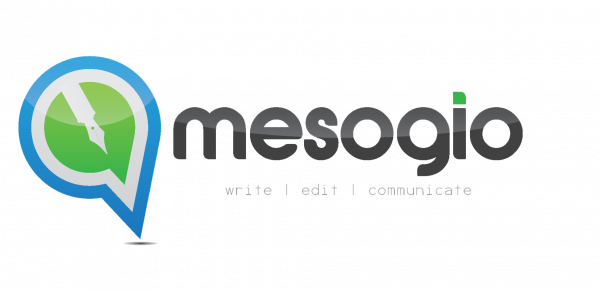2050 Vision: 5 Ways We're Shaping Tomorrow's Tech, Today
Alright, picture this: It's 2050. The world's had a massive glow-up, right? Issues we're currently stressing about – hunger, inequality, climate doom – are hopefully being dealt with by some seriously next-level tech. The question is, what do we need to sort out now to get us there?
That's the whole vibe of James Manyika's thought experiment, "Getting AI Right: A 2050 Thought Experiment." It's essentially a challenge to imagine how new innovations could do serious good for the planet and to work backwards to figure out the steps we need to take today.
As communications professionals in development, this is our jam. We're already using new tools to tell stories, engage with people, and hopefully make a real impact. But it's not just about jumping on the latest trends. We've got to ensure this tech works for everyone and stays true to our mission.
Let’s break down Manyika’s thoughts and how they resonate with us as communicators, shall we?
Communications: Not Just Posting, But Actually Making Change
Cutting-edge tech is no longer sci-fi – it’s already part of our toolkits. From creating content tailored for specific audiences to using data to understand how people feel, the possibilities are wild.
For example, imagine using location data to identify where health resources are most needed or helping communities prepare for floods or earthquakes. These aren’t just stats – they’re real lives, and it’s our job to share their stories in ways that truly resonate.
But here’s the kicker: this comes with responsibilities. How do we ensure that new tech doesn’t come at the cost of real people? How do we ensure we’re telling stories that are genuine and impactful?
This is where Manyika’s essay and its five challenge groups come into play...
Manyika’s Five Challenges: Real Talk, No Filter
Making Tech That Doesn’t Miss the Mark
New systems need to be solid, make sense, and not carry bias. As communicators, we have to push for tools that respect different cultures and don’t churn out the same old tired narratives. Are these systems amplifying inequalities or driving real change?Unlocking Innovation’s Real Potential
Manyika highlights how advancements can drive progress towards the Sustainable Development Goals (SDGs). Think of innovations that tackle food shortages or improve access to education. We’re uniquely positioned to shine a light on these efforts, showcasing how tech can actually do good, isn’t it?Getting It Right, Ethically
Ethics and governance are crucial. How often do we stop to think about where our tools come from or how they’re actually being used? Are they achieving their intended purpose? And have we planned for what happens if things go wrong?Adapting as a Society
New tech is reshaping everything – from education and jobs to how we interact as people. These transitions aren’t easy, and we must share the stories of resilience and adaptation that emerge. How can we tell these narratives in ways that empower rather than overwhelm?Designing Tech That Works for People
Manyika makes the point that innovation should be rooted in human values. As communicators, we must bridge the gap between technical solutions and everyday people, ensuring that the tools being developed serve us – not the other way around.
A Call to Action for Communicators Everywhere
So, what does this mean for us?
Start the Conversation: Use your platforms to talk about innovation in development. Share stories, facilitate discussions, and listen to what people think about these changes.
Champion Ethical Innovation: Advocate for tools and policies that prioritise ethics. The tech we use in projects must be transparent, inclusive, and serve the community – not work against it.
Collaborate Across Sectors: Partner with innovators, policymakers, and communities. We all have a stake in shaping this future, and collaboration is key.
Let’s Make 2050 Count
Manyika’s work reminds us that the future isn’t set in stone – it’s shaped by the choices we make today. As communications professionals, we’re storytellers, change-makers, and connectors. We have the power to shape how innovations are perceived, understood, and used for good in the world.
By championing the right approaches and ensuring that new tools serve the people we work with, we can ensure that advancements truly uplift everyone, rather than dividing us.

